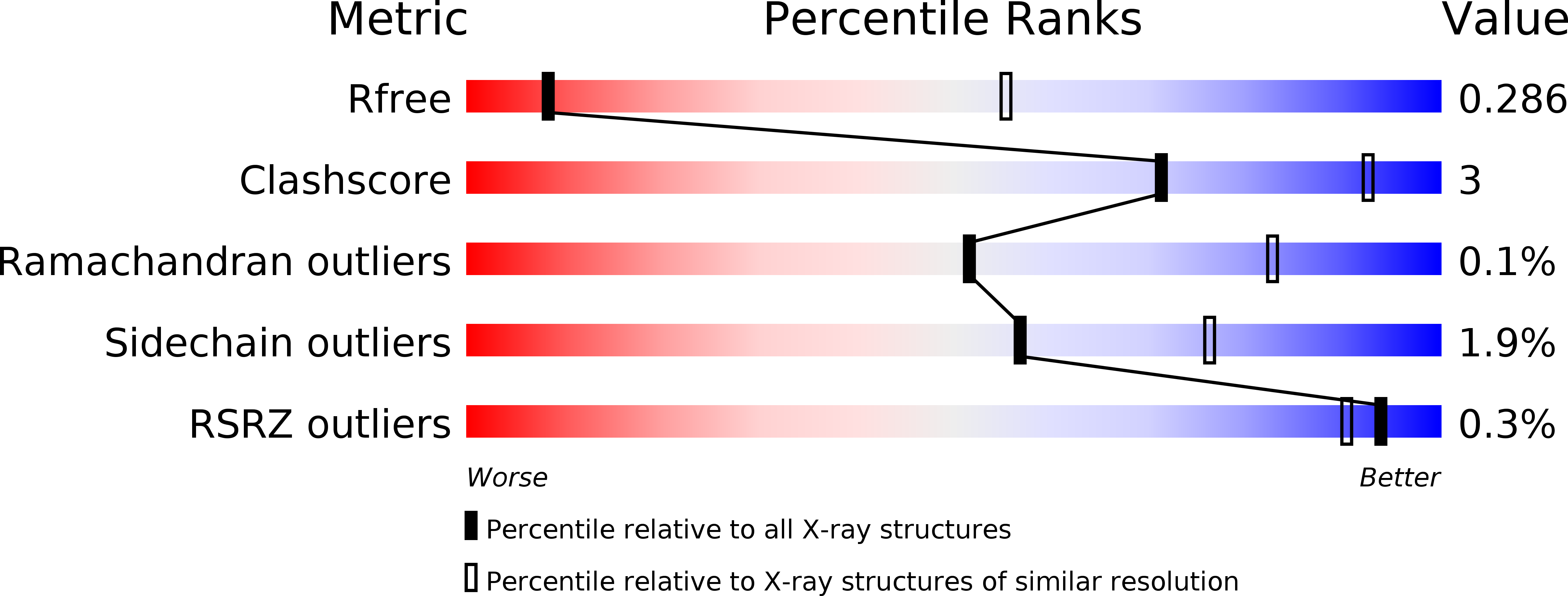
Deposition Date
2017-11-13
Release Date
2018-08-15
Last Version Date
2024-11-13
Entry Detail
PDB ID:
6EYO
Keywords:
Title:
Structure of extended IgE-Fc in complex with two anti-IgE Fabs
Biological Source:
Source Organism:
Homo sapiens (Taxon ID: 9606)
Host Organism:
Method Details:
Experimental Method:
Resolution:
3.70 Å
R-Value Free:
0.28
R-Value Work:
0.24
R-Value Observed:
0.24
Space Group:
P 21 21 21


